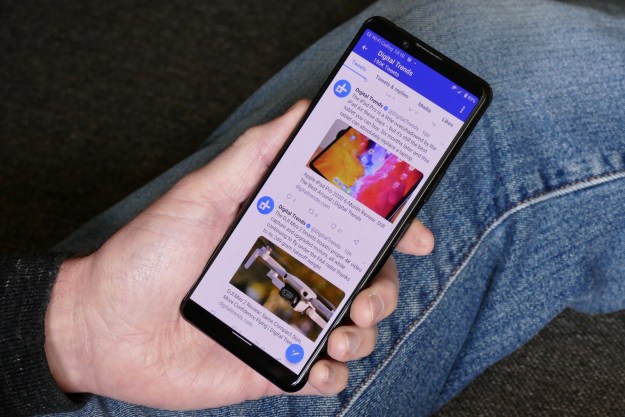 Twitter, as its most ardent users already know, is all about the now. But what does that mean for people who join in a conversation at a later date? New data about the speed at which Twitter communication changes subjects has emerged that suggests that the microblogging service’s immediacy may also be problematic for those looking at history.
Twitter, as its most ardent users already know, is all about the now. But what does that mean for people who join in a conversation at a later date? New data about the speed at which Twitter communication changes subjects has emerged that suggests that the microblogging service’s immediacy may also be problematic for those looking at history.
In a blog post published today, Twitter’s analytic research scientist Jimmy Lin explained that Twitter topics tend to “churn” faster than you might expect:
- Examining all search queries from October 2011, we see that, on average, about 17% of the top 1000 query terms from one hour are no longer in the top 1000 during the next hour. In other words, 17% of the top 1000 query terms “churn over” on an hourly basis.
- Repeating this at a granularity of days instead of hours, we still find that about 13% of the top 1000 query terms from one day are no longer in the top 1000 during the next day.
If you’re wondering exactly what that actually means, Lin has a suggestion: “News breaks on Twitter, whether local or global, of narrow or broad interest. When news breaks, Twitter users flock to the service to find out what’s happening.” That much is true, but the level of churn also means that the collective Twitter hivemind has an astonishingly short attention span, something that becomes more of a problem when you consider the short-term nature of Twitter’s own search functions (Anything past two weeks old won’t show up on a Twitter search).
That’s something that Lin suggests the company is already working on: “Our goal is to instantly connect people everywhere to what’s most meaningful to them; the speed at which our content (and the relevance signals stemming from it) evolves make this more technically challenging, and we are hard at work continuously refining our relevance algorithms to address this,” he writes in the blog post.
The information about search is part of a paper entitled “A Study of ‘Churn’ in Tweets and Real-Time Search Queries (Extended Version)” that Lin and co-author Gilad Mishne will be presenting at the International Conference on Weblogs and Social Media, running tomorrow through June 7 at Trinity College in Dublin, Ireland. That’ll be just one such appearance for Lin at the event; he’ll also be presenting papers on Social Media Visualization and running a workshop on Real-Time Analysis and Mining of Social Streams. For those not attending the conference, he’ll be sure to tweet the most interesting discussions; here’s hoping you’ll be able to find those tweets when you search for them later, however.
Editors' Recommendations
- Elon Musk: Owning Twitter has been a ‘roller coaster’ and ‘quite painful’
- Twitter has reportedly suspended signups for Twitter Blue
- How to use Twitter Advanced Search
- How to search Twitter by date
- Want better Twitter notifications? New keyword search alert could help


